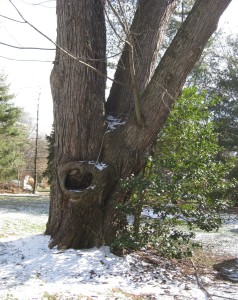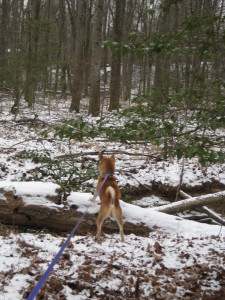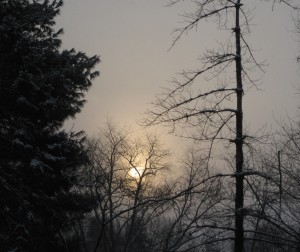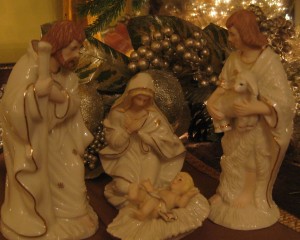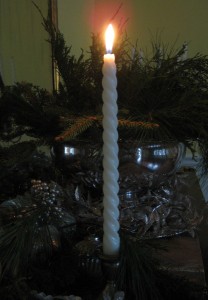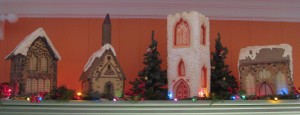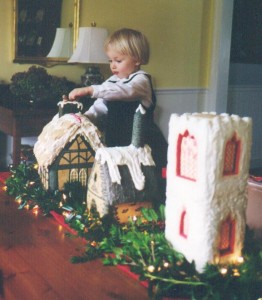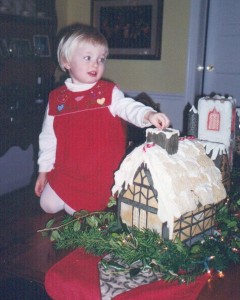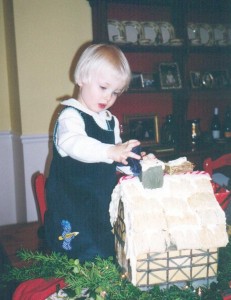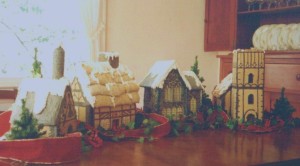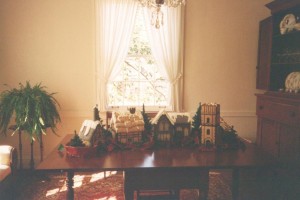At home, our finely tuned radar is on near-constant alert for the slightest hint of sarcasm, negativity, discourtesy of tone or, heaven help us, an ill-chosen word. The faintest traces of insult or anger, whether real, or more typically, imagined, rarely elude us. With the barest minimum of words exchanged, we may be suddenly engulfed in a family-wide conflagration. When this happens, nothing helps but time, and time apart. With some stomping and huffing, we retreat to our own respective areas in the house. Sometimes, from my husband and daughter, the stomping is accompanied by loud whistling. Speech is pointless for a while, because we will be certainly be misunderstood.
But one member of our family maintains an admirably even keel. Our dog is either above, or beneath all this drama. Kiko never reacts badly, never acknowledges an insult, and he never makes a cutting remark.
I talk to Kiko a lot.
When he and I are home alone during the day, I keep up a running, one-sided conversation, heavy on the exclamation points. It’s typical, mindless doggie talk: Hello sweet baby! Are you the sweetest little fella? Of course you’re the sweetest fella! You’re such a velvety baby! You have the best fur! Are you the best old angel? Of course you’re the best old angel! You’re my angel! I love you so much! I just love you! Sometimes I tell him, very nicely, of course, that he’s a terrible boy, a very bad sweetie, just because I can, and it doesn’t matter one whit to Kiko. I think it’s to my credit, at least, that I don’t speak in a high-pitched, artificial tone often preferred when addressing babies and dogs. I use my normal voice to repeat my plodding menu of banalities.
As dogs go, Kiko is not particularly expressive. He does not gaze into my eyes with love and admiration. If I want that, I go down the street to see George, the big-hearted golden retriever. Kiko’s response to my ongoing chatter is subtle. My first words may be greeted with the raise of a doggie eyebrow. I’m reminded of Chad Everett, on whom I had a middle school crush when he starred as the charming, handsome Dr. Joe Gannon on TV’s Medical Center. While Dr. Gannon’s lifted brow indicated kindness and concern, Kiko’s indicates an openness to any words of consequence, such as Wanna take a walk? Wanna go for a ride? Want some cheese? To these questions he responds with a head tilt, perhaps followed by a stretch and a vigorous full-body shake. Barring these welcome phrases, he remains largely inert, with the possible exception of his ears. Unlike Chad Everett, Kiko has a wide range of motion in his ears, which may move independently of one another as though in vague reply. Otherwise, he’s utterly, quietly motionless. If I hover or confine him too long in a hug, he may sigh. I take this as a signal to back off and shut up. But that mild protest is as close to a rebuke as he ever makes.
You fellow dog owners understand the benefits of talking to your dog. As you know, we converse with our dogs not for their sake, but for our own. It makes us feel better. For me, there is hardly a situation that cannot be eased, at least a little, by making ridiculous remarks to my dog. Considering the atmosphere of irascibility that may reign in our household, it’s wonderful to know that no matter what I say to Kiko, peace and equanimity will prevail.


